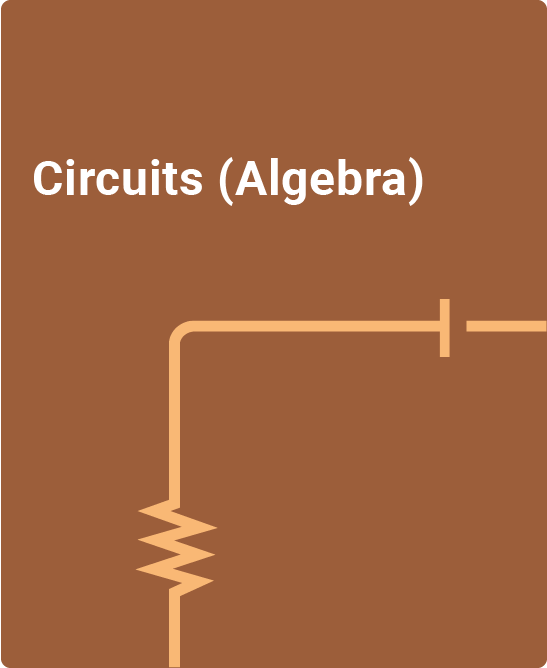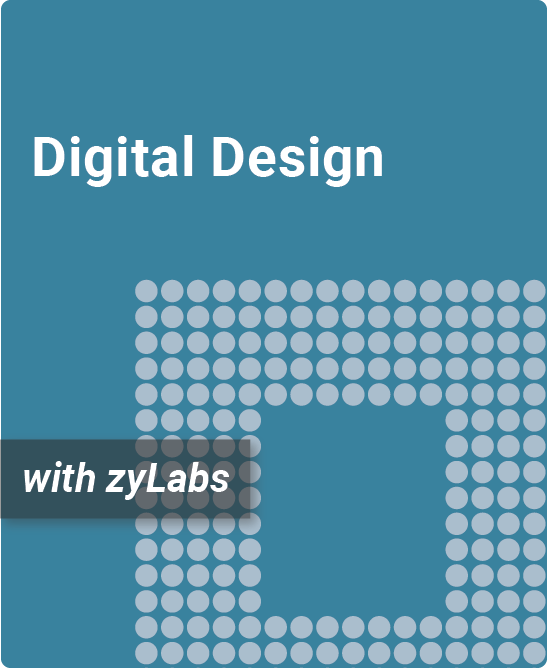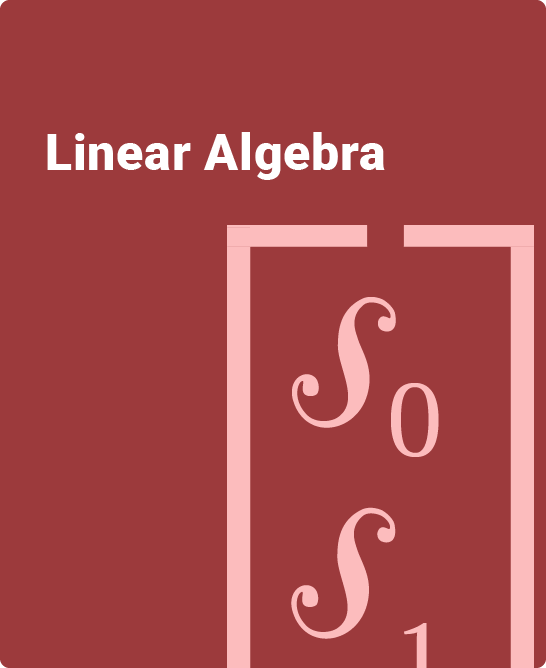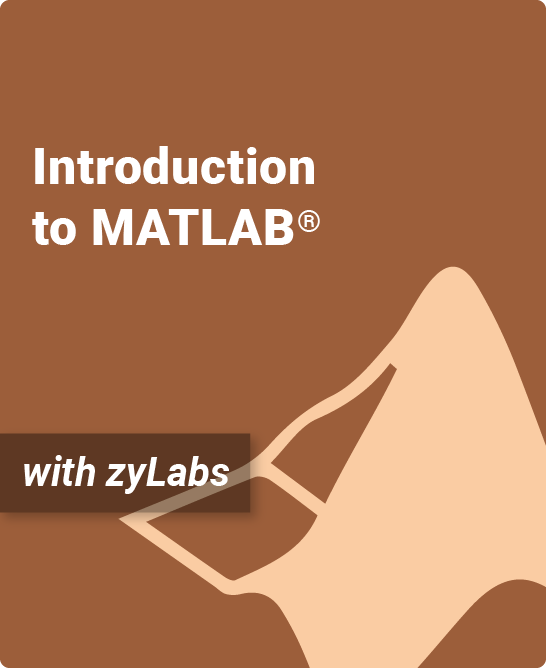Table of Contents
1. Basic Electricity
1.1 Introduction
1.2 Electricity and magnetism
1.3 Current
1.4 Voltage
1.5 Energy and power
1.6 Resistors
1.7 Ohm’s Law
1.8 Voltage sources
1.9 Current sources
1.10 Switches
1.11 Simple circuit examples
1.12 Capacitors
1.13 Inductors
1.14 Nonideal voltage sources
1.15 Nonideal current sources
1.16 Electrical safety
2. Resistor Networks
2.1 Conductance
2.2 Kirchhoff’s Voltage Law
2.3 Series and parallel combinations
2.4 Voltage divider
2.5 Kirchhoff’s Current Law
2.6 Current divider
2.7 Maximum power transfer
2.8 Delta-wye (pi-tee) transformations
2.9 Nonlinear resistors
2.10 Practical resistors
2.11 Variable resistance
3. Network Analysis
3.1 Superposition and linearity
3.2 Node analysis
3.3 Mesh analysis
3.4 Thevenin equivalent
3.5 Norton equivalent
3.6 Source transformations
4. Time-Domain Analysis
4.1 Capacitor constitutive law
4.2 Inductor constitutive law
4.3 RC circuit first-order response
4.4 RL circuit first-order response
4.5 Singularity functions
4.6 First-order circuit response
4.7 Second-order circuits
4.8 Second-order circuit response
5. Op-amps
5.1 Dependent sources
5.2 Ideal op-amp
5.3 Feedback
5.4 Inverting amplifier
5.5 Noninverting amplifier
5.6 Integrator and differentiator
5.7 Practical op-amps
5.8 Multiple op-amp circuits
6. Frequency-Domain Analysis
6.1 Sinusoidal steady state
6.2 Resistor impedance
6.3 Capacitor impedance
6.4 Inductor impedance
6.5 Admittance
6.6 First-order circuit frequency response
6.7 Logarithmic frequency response plots
6.8 Second order circuit frequency response
6.9 Practical capacitors and inductors
6.10 Phasors
6.11 RMS voltages and currents
6.12 Reactive power
6.13 Complex power
6.14 Power factor correction
Less Text, More Action
Circuits (Algebra) teaches the basics of linear circuit analysis using algebra. Topics in the book cover the range of material typical of introductory circuits courses and were curated based on the syllabi of linear circuit analysis courses from the top 10 universities which graduated the most number of electrical engineering students in 2015.
- Approximately 100 animations help students “see” the concepts and build an intuitive understanding
- Over 500 interactive learning questions help students understand topics through incremental steps, keeping students engaged and providing thorough explanations of both right and wrong answers
- Auto-generated and auto-graded Challenge Activities distributed throughout
What is a zyBook?
Circuits (Algebra) is a web-native, interactive zyBook that helps students visualize concepts to learn faster and more effectively than with a traditional textbook. (Check out our research.)
Since 2012, over 1,800 academic institutions have adopted web-native zyBooks to transform their STEM education.
zyBooks benefit both students and instructors:
- Instructor benefits
- Customize your course by reorganizing existing content or adding your own
- Robust reporting gives you insight into students’ progress, reading and participation
- Continuous publication model automatically updates your course with the latest content and technologies
- Student benefits
- Learning questions and other content serve as an interactive form of reading
- Concepts come to life through extensive animations embedded into the interactive content
- Save chapters as PDFs to reference the material at any time
Senior Contributors:
Rajeevan Amirtharajah
Professor or Electrical and Computer Engineering / University of California, Davis
Nikitha Sambamurthy
Content Developer / zyBooks / Ph.D. Engineering Education / Purdue University
R. Stephen Weis
Professor of Electrical Engineering / Texas Christian University
Ronald Williams
Associate Professor of Electrical and Computer Engineering / University of Virginia



